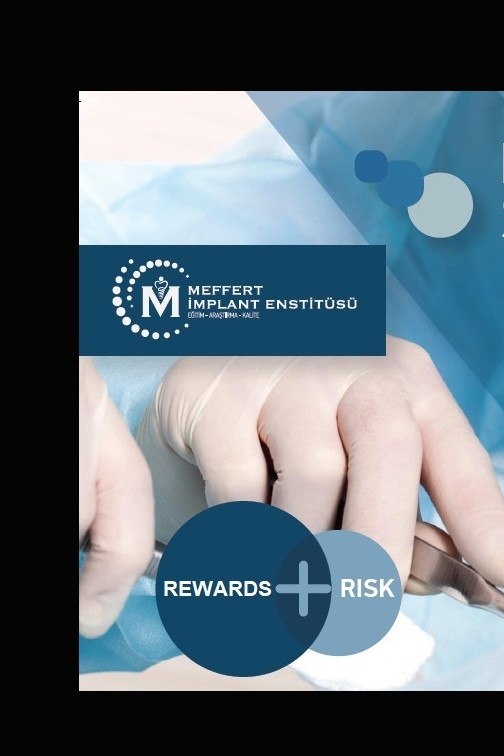Questionnaires for Evaluating The Quality of Life of Conventional and Implant-Supported Prosthesis Wearers
Questionnaires for Evaluating The Quality of Life of Conventional and Implant-Supported Prosthesis Wearers
Introduction: The
aim of this review was to inform the dentists about the questionnaires used in
evaluating the quality of life for wearers of conventional and
implant-supported prosthesis. Materials and Methods: A
literature search was performed in the PubMed and Google Scholar databases. The
search was restricted to articles published in Turkish and English. The Medical
Subject Headings (MeSH) terms were as follows: Quality of life, prosthesis
satisfaction, dental implant, and oral health impact profile. The search provided 1729 titles and
abstracts, 36 studies were included. Results: As a
result of the literature search, questionnaires for evaluating the quality of
life of fixed and removable, conventional and implant-supported prosthesis
wearers; Oral Health Impact Profile (OHIP)-49, OHIP-20, OHIP-14, OHIP-EDENT,
Dental Impact on Daily Living (DIDL), Oral Satisfaction Scale (OSS), Visual
Analog Scale (VAS), Oral Health-related quality of life (OHRQoL), Quality of
Life related to Function, Aesthetics, Socialization, and Thoughts (QoLFAST)-10,
Quality of Life with Implant-Prostheses (QoLIP)-10, Oral aesthetic-related
quality of life (OARQoL) ve Quality of Life associated with Dental Aesthetic
Satisfaction (QoLDAS)-9 were found.Discussion:
Depending on the developing technology, treatment options continue to change in
dentistry. However, the effects of these changing to the treatment options on
the quality of life of the patients should be followed with the developed
questionnaires.
Conclusion:
The newly developed questionnaires may be recommended for evaluating the
quality of life, because of more practical, less time is needed, and have
specific questions.
Keywords:
implant,
___
- References
- Başlangıç: 2017
- Yayıncı: Meffert İmplant Enstitüsü
